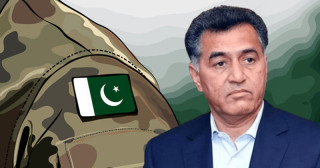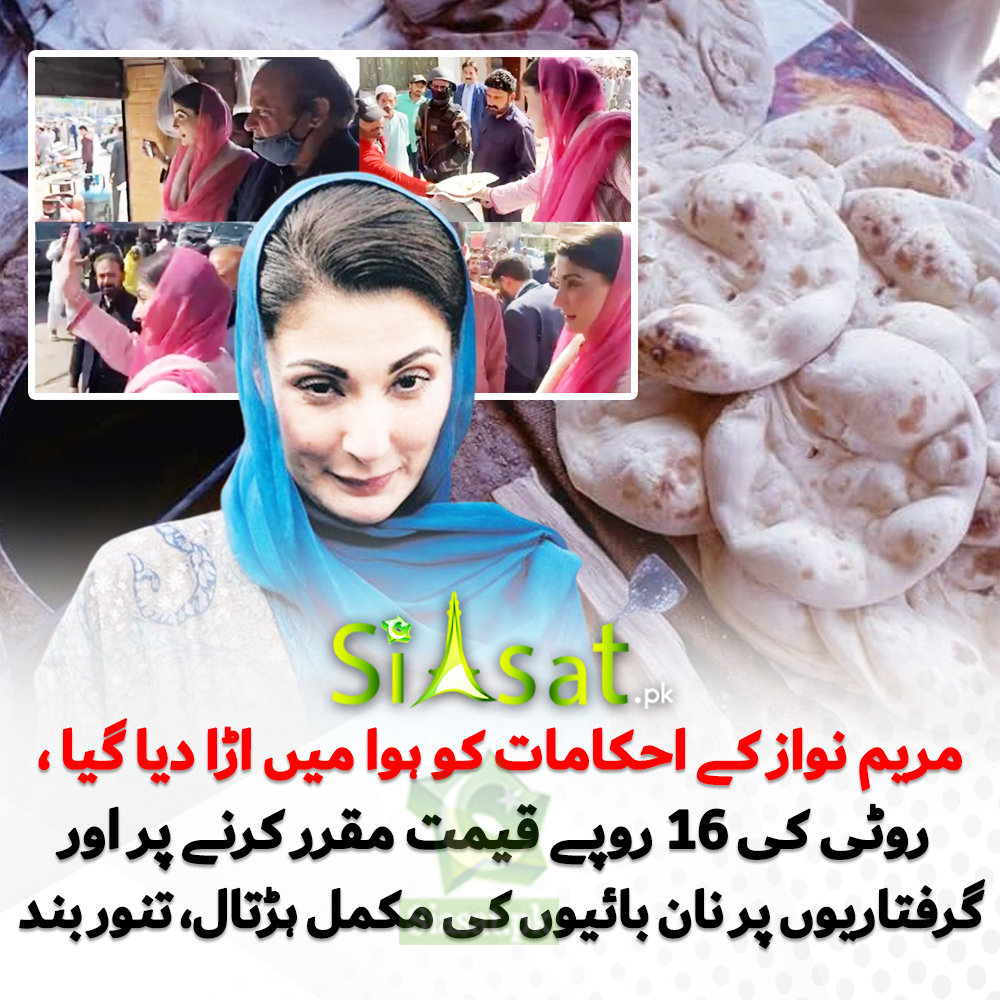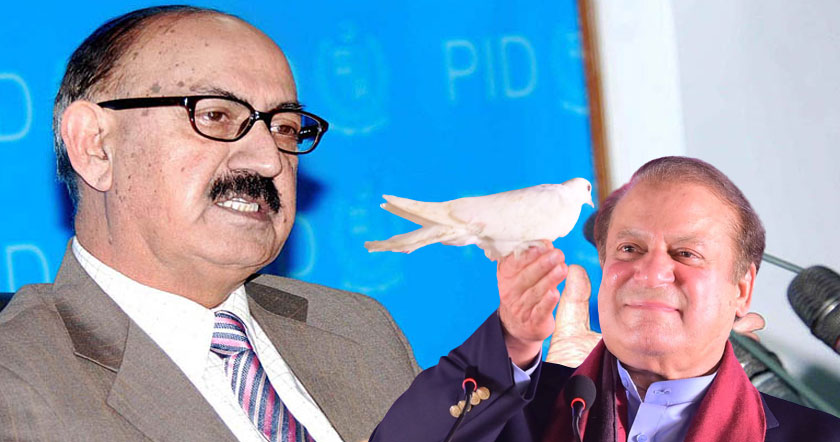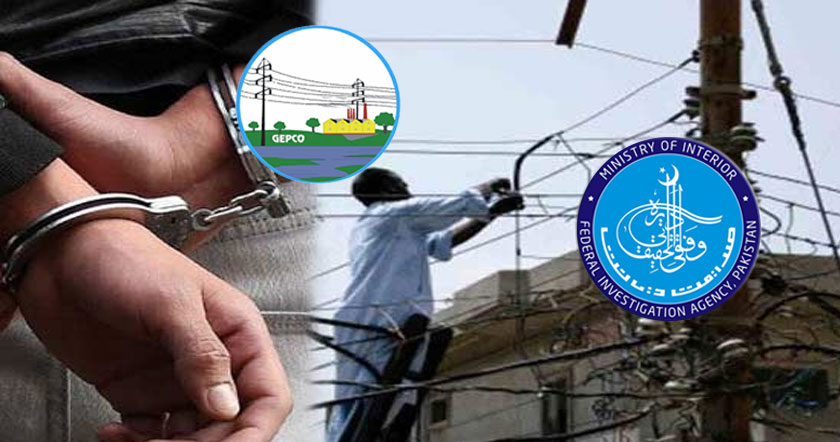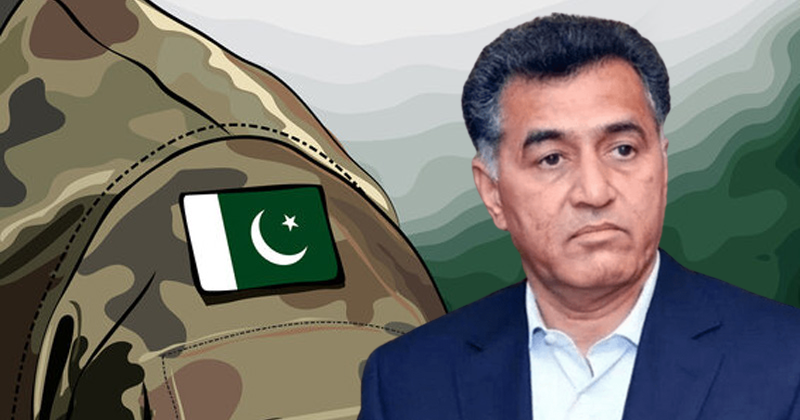Did a Muslim Slave Make Your Chinese Shirt?
A look inside the ‘cotton gulag’ in Xinjiang province.
By Jianli Yang and Lianchao Han
Oct. 16, 2019 6:18 pm ET
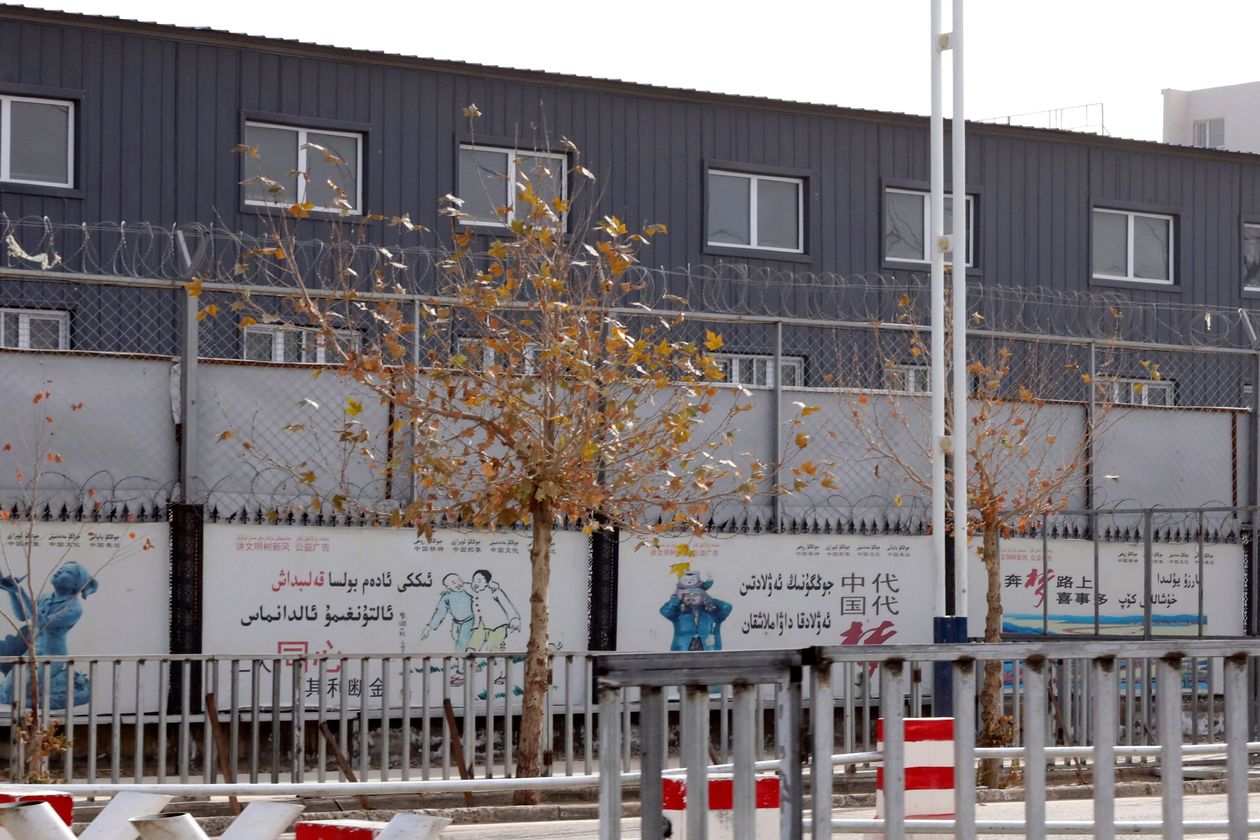
The ‘employment training base’ where Hetian Taida Apparel Co. has a factory in China’s Xinjiang province, Dec. 5, 2018. PHOTO: NG HAN GUAN/ASSOCIATED PRESS
U.S. Customs and Border Protection accuses Hetian Taida Apparel Co. in China’s Xinjiang province of using forced or prison labor, and last month the agency banned U.S. imports of the company’s garments. It’s a first step, but the U.S. should go much further. China, the world’s largest cotton producer, has built the world’s largest prison system to provide the labor needed to sustain cotton production.
This cotton gulag is primarily based in Xinjiang, home to most of China’s Uighurs and other Muslim ethnic groups. As China continues its mass incarceration of Muslims and expands the vertical integration of its cotton supply chain, a storm brews in Xinjiang that threatens China’s dominance of the global cotton and apparel sectors.
Our organization, Citizen Power Initiatives for China, has released a report titled “Cotton: The Fabric Full of Lies,” using direct evidence from data published by the Chinese Communist Party, Chinese companies and witness testimony to prove that prisons and re-education camps in the region are forcing inmates to work in China’s cotton supply chain.
This report documents the modern slavery that distorts free trade, violates international labor standards and seriously violates human rights. Like the Soviet gulags, this penal system banishes inmates to a remote region and punishes them with hard labor, all while making money for the state.
It is China’s longstanding policy to use prison inmates for forced labor, and ever since the Communist Party took power in 1949 it has shipped prisoners from elsewhere in China to Xinjiang to do hard labor and “contribute to Xinjiang’s economic development” in the harsh desert environment. Xinjiang now has the highest percentage of prisoners per capita in China. Excluding Uighur re-education camps, there are some 75 prisons in Xinjiang (population 22 million) compared with fewer than 30 in Shandong province (99 million).
In 2014 the Chinese government implemented a strategy to suppress Uighurs in Xinjiang even more. It involves the detention of large numbers of Uighurs in so-called re-education camps or vocational training centers, intended to cleanse them of their ethnic identity and make them loyal to the Communist Party. Observers estimate that China has detained more than one million Uighurs in this system.
Simultaneously, the government launched an initiative to spur the vertical integration of China’s garment manufacturing sector by moving textile and garment factories closer to cotton production in Xinjiang, where Uighurs can be used for employment. The Chinese government has provided textile and apparel companies with forced labor from re-education camps to work in their Xinjiang production facilities.
Since 2014 some 2,200 new cotton and apparel companies have been set up to participate in the vertical-integration program. Some boast that they are suppliers for major international brands. As of 2018 China documented the employment of 450,000 new Uighur workers from impoverished households, relatives of the convicted and detained, and re-education camp inmates.
Wu Hongbo, chairman of Hatian Taida, confirmed to the Associated Press last December that the company has a factory inside what the government calls a “vocational skills education and training center.” Mr. Wu said, “We’re making our contribution to eradicating poverty.” The AP reported that “a Chinese Foreign Ministry spokeswoman accused the foreign media Monday of making ‘many untrue reports’ about the training centers, but did not specify when asked for details.”
The forced-labor economy appears designed to meet two goals: earn money for the state and politically “stabilize” Xinjiang through economic performance to legitimize Communist rule over the region. Inmates in Xinjiang prisons serve as a key labor force in the cotton value chain, from cotton-field reclamation and construction of irrigation systems to planting, harvesting, processing and garment production. Prison and labor-camp authorities in Xinjiang have deleted online information regarding these prison companies and factories, changed the names of prison factories and created layers of complex company ownership to disguise prison factories as farms and trading companies.
While prison and labor camps are the traditional means of control, China has also begun perfecting a new model of imprisonment. Beijing has deployed the most expansive and intrusive surveillance system in the world in Xinjiang, making the province essentially an open-air prison. Companies sourcing from China can’t effectively audit their suppliers. China doesn’t need to rely on barbed wire to enslave workers when they have blanketed cities with facial-recognition cameras and sophisticated voice-recognition technology to keep track of residents.
The U.S. has the world’s most stringent law—the Tariff Act of 1930—to protect against the importation of goods made with forced labor. It is little enforced, as evidence can be hard to verify. But the evidence is clear when it comes to Xinjiang, where forced labor is ubiquitous. Since Xinjiang is by far the largest supplier of China’s apparel supply chain, Western governments, companies and consumers should assume that any cotton products made in China are a product of the cotton gulag.
It is time to stop this modern slavery. We urge the U.S. government to enforce the ban on the importation of forced labor goods by banning all cotton, textile and apparel products from China.
Mr. Yang is founder and president of Citizen Power Initiatives for China and a former political prisoner in China. Mr. Han is vice president of Citizen Power Initiatives for China
A look inside the ‘cotton gulag’ in Xinjiang province.
By Jianli Yang and Lianchao Han
Oct. 16, 2019 6:18 pm ET
The ‘employment training base’ where Hetian Taida Apparel Co. has a factory in China’s Xinjiang province, Dec. 5, 2018. PHOTO: NG HAN GUAN/ASSOCIATED PRESS
U.S. Customs and Border Protection accuses Hetian Taida Apparel Co. in China’s Xinjiang province of using forced or prison labor, and last month the agency banned U.S. imports of the company’s garments. It’s a first step, but the U.S. should go much further. China, the world’s largest cotton producer, has built the world’s largest prison system to provide the labor needed to sustain cotton production.
This cotton gulag is primarily based in Xinjiang, home to most of China’s Uighurs and other Muslim ethnic groups. As China continues its mass incarceration of Muslims and expands the vertical integration of its cotton supply chain, a storm brews in Xinjiang that threatens China’s dominance of the global cotton and apparel sectors.
Our organization, Citizen Power Initiatives for China, has released a report titled “Cotton: The Fabric Full of Lies,” using direct evidence from data published by the Chinese Communist Party, Chinese companies and witness testimony to prove that prisons and re-education camps in the region are forcing inmates to work in China’s cotton supply chain.
This report documents the modern slavery that distorts free trade, violates international labor standards and seriously violates human rights. Like the Soviet gulags, this penal system banishes inmates to a remote region and punishes them with hard labor, all while making money for the state.
It is China’s longstanding policy to use prison inmates for forced labor, and ever since the Communist Party took power in 1949 it has shipped prisoners from elsewhere in China to Xinjiang to do hard labor and “contribute to Xinjiang’s economic development” in the harsh desert environment. Xinjiang now has the highest percentage of prisoners per capita in China. Excluding Uighur re-education camps, there are some 75 prisons in Xinjiang (population 22 million) compared with fewer than 30 in Shandong province (99 million).
In 2014 the Chinese government implemented a strategy to suppress Uighurs in Xinjiang even more. It involves the detention of large numbers of Uighurs in so-called re-education camps or vocational training centers, intended to cleanse them of their ethnic identity and make them loyal to the Communist Party. Observers estimate that China has detained more than one million Uighurs in this system.
Simultaneously, the government launched an initiative to spur the vertical integration of China’s garment manufacturing sector by moving textile and garment factories closer to cotton production in Xinjiang, where Uighurs can be used for employment. The Chinese government has provided textile and apparel companies with forced labor from re-education camps to work in their Xinjiang production facilities.
Since 2014 some 2,200 new cotton and apparel companies have been set up to participate in the vertical-integration program. Some boast that they are suppliers for major international brands. As of 2018 China documented the employment of 450,000 new Uighur workers from impoverished households, relatives of the convicted and detained, and re-education camp inmates.
Wu Hongbo, chairman of Hatian Taida, confirmed to the Associated Press last December that the company has a factory inside what the government calls a “vocational skills education and training center.” Mr. Wu said, “We’re making our contribution to eradicating poverty.” The AP reported that “a Chinese Foreign Ministry spokeswoman accused the foreign media Monday of making ‘many untrue reports’ about the training centers, but did not specify when asked for details.”
The forced-labor economy appears designed to meet two goals: earn money for the state and politically “stabilize” Xinjiang through economic performance to legitimize Communist rule over the region. Inmates in Xinjiang prisons serve as a key labor force in the cotton value chain, from cotton-field reclamation and construction of irrigation systems to planting, harvesting, processing and garment production. Prison and labor-camp authorities in Xinjiang have deleted online information regarding these prison companies and factories, changed the names of prison factories and created layers of complex company ownership to disguise prison factories as farms and trading companies.
While prison and labor camps are the traditional means of control, China has also begun perfecting a new model of imprisonment. Beijing has deployed the most expansive and intrusive surveillance system in the world in Xinjiang, making the province essentially an open-air prison. Companies sourcing from China can’t effectively audit their suppliers. China doesn’t need to rely on barbed wire to enslave workers when they have blanketed cities with facial-recognition cameras and sophisticated voice-recognition technology to keep track of residents.
The U.S. has the world’s most stringent law—the Tariff Act of 1930—to protect against the importation of goods made with forced labor. It is little enforced, as evidence can be hard to verify. But the evidence is clear when it comes to Xinjiang, where forced labor is ubiquitous. Since Xinjiang is by far the largest supplier of China’s apparel supply chain, Western governments, companies and consumers should assume that any cotton products made in China are a product of the cotton gulag.
It is time to stop this modern slavery. We urge the U.S. government to enforce the ban on the importation of forced labor goods by banning all cotton, textile and apparel products from China.
Mr. Yang is founder and president of Citizen Power Initiatives for China and a former political prisoner in China. Mr. Han is vice president of Citizen Power Initiatives for China




